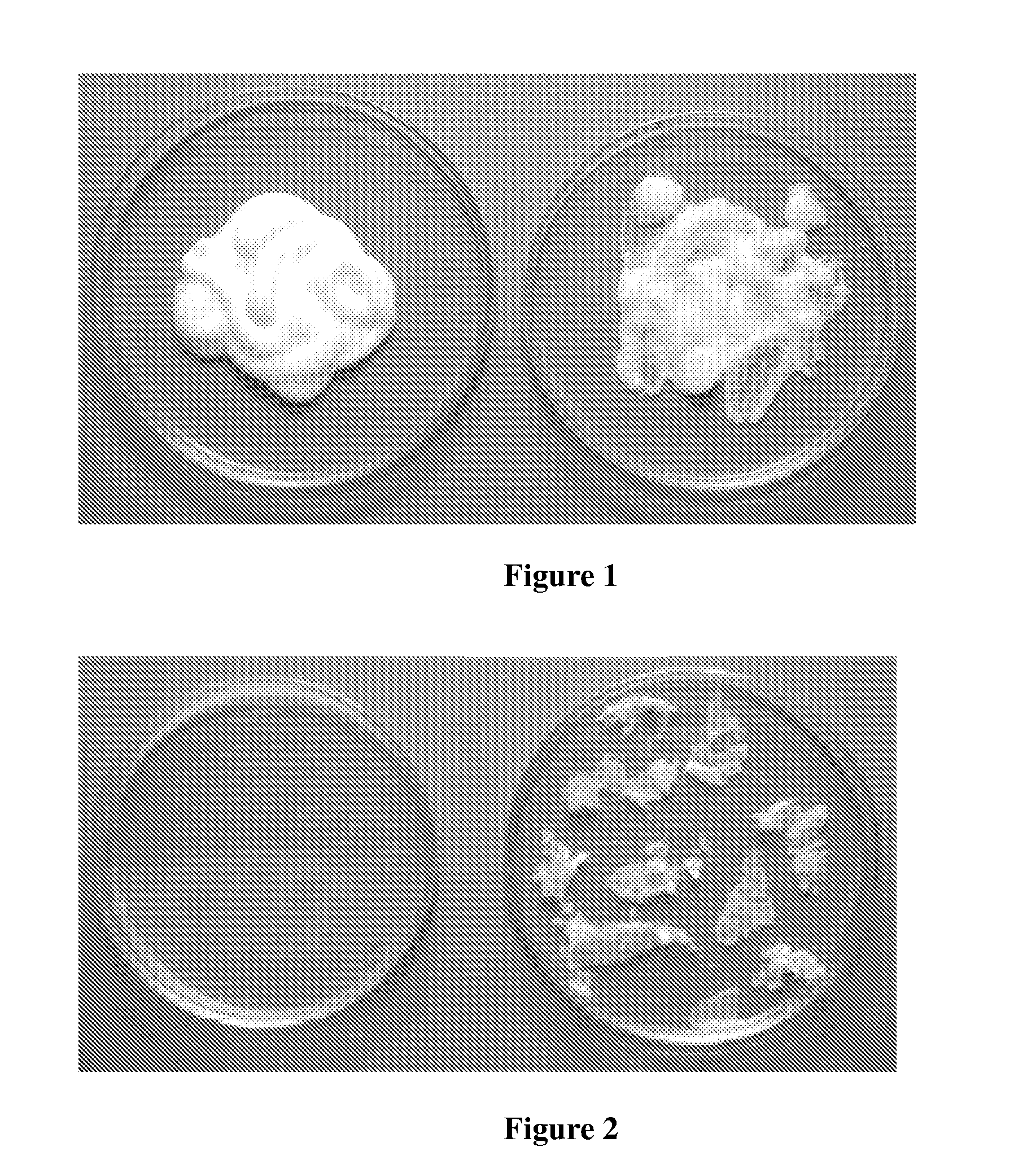Medicinal fusidic acid cream made using sodium fusidate and incorporating a biopolymer and a process to make it
a technology of fusidic acid and fusidic acid cream, which is applied in the field of primary and secondary bacterial skin infections and wounds, can solve the problems of unstable fusidic acid creams, large surface area for contact, and rapid reduction of the potency of fusidic acid in the final cream formulation, and achieves greater shelf life stability
- Summary
- Abstract
- Description
- Claims
- Application Information
AI Technical Summary
Benefits of technology
Problems solved by technology
Method used
Image
Examples
example
[0208]
TABLE 9 Fusidic acid (equivalent of Sodium Fusidate2.08% w / w) + Chitosan 0.25% (w / w) CreamQtty ForS. NoIngredientsSpecification350 Kg% w / w1Sodium Fusidate (equivalentBP7.28kg2.08to make fusidic acid 2%)2ChitosanUSP / NF0.875kg0.253Lactic acidIP0.350kg0.14Cetostearyl AlcoholIP43.75kg12.55White Soft ParaffinIP43.75kg12.56Polysorbate 80IP7.0kg27Propylene GlycolIP87.5kg258Benzoic AcidIP0.7kg0.29Butylated Hydroxy TolueneIP0.035kg0.0110Disodium EdetateIP0.35kg0.1111M Nitric Acid solutionIP14.0l412Disodium hydrogen orthoIP1.75kg0.5phosphate13Purified WaterIP142.740.77
PUM
| Property | Measurement | Unit |
|---|---|---|
| temperature | aaaaa | aaaaa |
| temperature | aaaaa | aaaaa |
| temperature | aaaaa | aaaaa |
Abstract
Description
Claims
Application Information
 Login to View More
Login to View More - R&D
- Intellectual Property
- Life Sciences
- Materials
- Tech Scout
- Unparalleled Data Quality
- Higher Quality Content
- 60% Fewer Hallucinations
Browse by: Latest US Patents, China's latest patents, Technical Efficacy Thesaurus, Application Domain, Technology Topic, Popular Technical Reports.
© 2025 PatSnap. All rights reserved.Legal|Privacy policy|Modern Slavery Act Transparency Statement|Sitemap|About US| Contact US: help@patsnap.com

